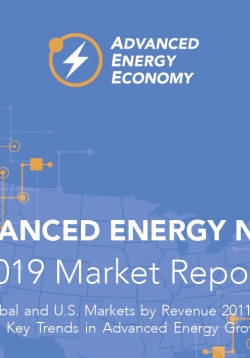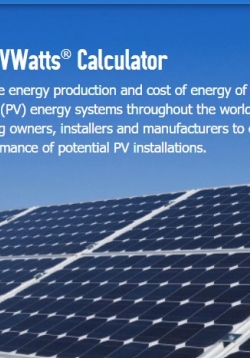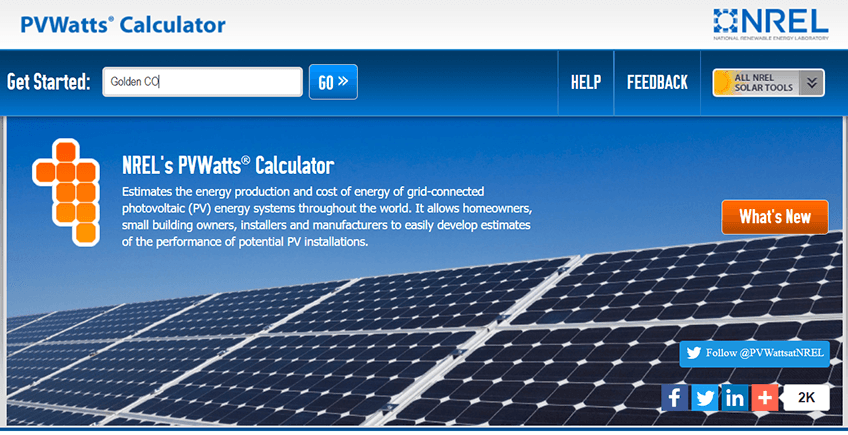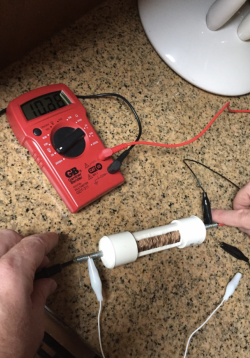
A robust game/simulation that models energy in many city simulations and requires players to balance energy needs, costs, environmental and social concerns as they seek to power their growing region. A fantastic way to introduce or reinforce exploration of sources of energy and grid concepts.
NOTE: THis game uses Adobe Flash, which is being phased out by many browsers. You may need to find a browser that will support Flash in order to access the game.










